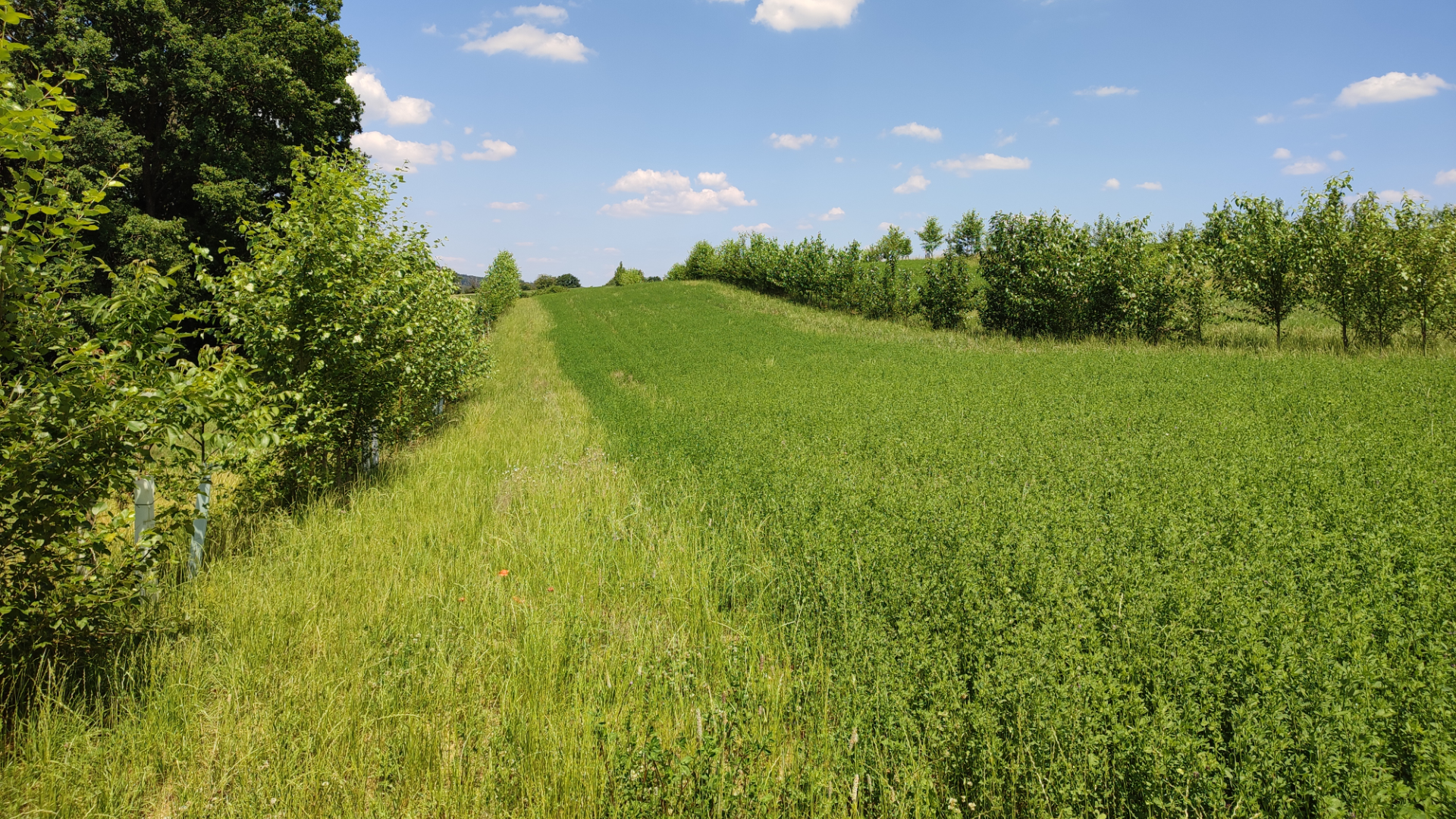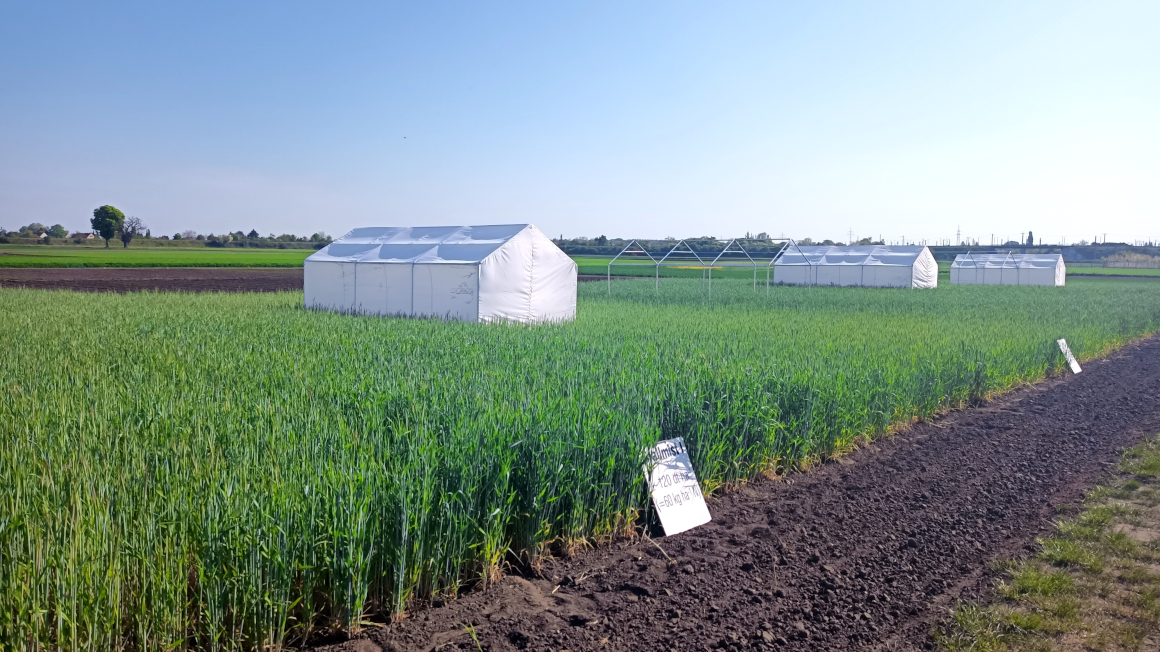Paludiculture: a model for multifunctional land use
Researchers at the Universities of Göttingen and Kassel demonstrate how multifunctional landscapes such as paludiculture can promote nature conservation and ecosystem restoration.

Land is a scarce and expensive resource. Whether in urban or rural areas, interests often diverge widely when it comes to land use, as demands range from species protection to food production and recreation. In addition, conventional agricultural practices exacerbate global crises such as biodiversity loss, climate change and food security uncertainties. Multifunctional landscapes could be one solution, as researchers from the Universities of Göttingen and Kassel show in a recent study.
The study examined how such forms of land use can promote nature conservation and ecosystem restoration. The team analysed concepts and practical examples from various regions of the world and ultimately identified ways in which biodiversity and multifunctionality can be promoted in landscapes. ‘Only if we understand synergies and conflicts of use can we develop land use systems that secure food supplies, regulate the climate, enable recreation and at the same time preserve biological diversity,’ says Marion Jay from the University of Göttingen.
Paludiculture combines land use requirements
The models presented by the researchers are diverse, but most of them have one thing in common – a closely interconnected mosaic of forests, arable land, pasture and, in some cases, settlements, which combines several uses. These include methods such as traditional agroforestry and pastoral farming, but also modern approaches such as paludiculture on rewetted moors. Paludiculture in particular is an example of how multifunctional land use can contribute to the restoration of destroyed nature, the researchers write in the journal Nature Reviews Biodiversity. Through the soil-conserving management of rewetted moors, it combines the production of biomass, such as reeds or cattails, with the preservation of wetland habitats and the restoration of ecosystem services such as carbon storage and water regulation.
Implementing multifunctional land use concepts across sectors
Effective integration of such multifunctional land use concepts into nature conservation and renaturation measures requires not only financial support but above all ‘cross-sectoral cooperation, for example between agriculture, nature conservation and urban planning,’ says Tobias Plieninger, head of the Department of Social-Ecological Interactions in Agricultural Systems at the Universities of Göttingen and Kassel. ‘This also applies to landscapes where the protection of biological diversity is a priority, such as in protected areas.’
bb


